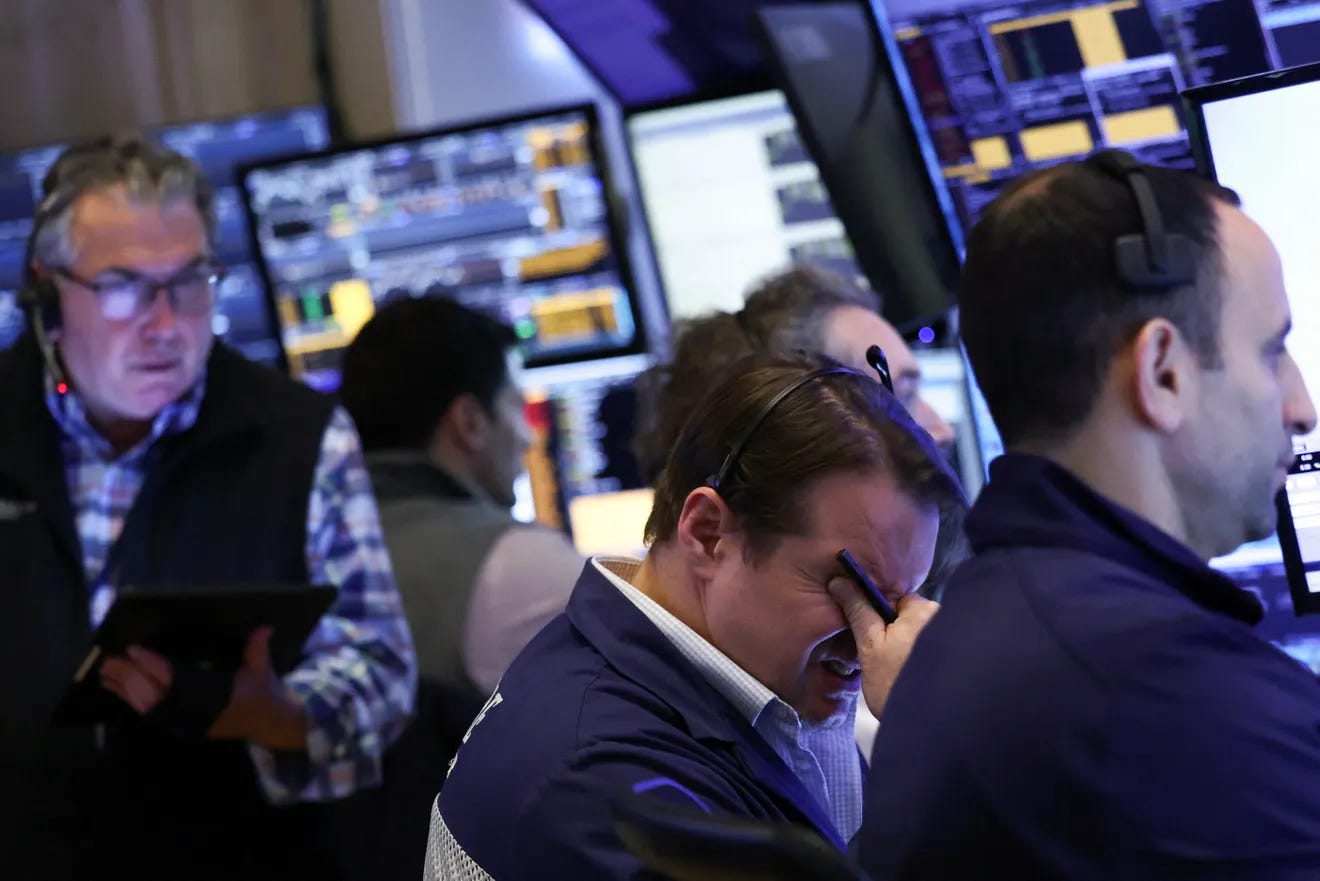How Trump's Tariffs Are Shaking Up the Stock Market
Investors Brace for Impact as Markets React to New Trade Policies

President Donald Trump's new tariffs on almost all U.S. imports have caused a big stir in the stock markets. Investors are worried about what these tariffs mean, leading to one of the worst days on Wall Street since the pandemic in 2020.
On April 3, 2025, the S&P 500 index dropped nearly 5%, losing about $2 trillion in market value. This was the biggest one-day drop since June 2020. The Dow Jones Industrial Average also fell by 4%, and the Nasdaq dropped 6%, its largest decline since March 2020.
Retail stocks, like Nike and Lululemon, were hit hard, with their shares falling by double digits. Oil companies also suffered, with Valero Energy's shares dropping 15%. The price of crude oil fell nearly 7% because of fears about slower global growth.
The Russell 2000 Index, which includes smaller businesses, also fell by 6.6% and entered a bear market, meaning it has lost more than 20% since its peak in November.
Adding to the chaos, Dow futures fell another 1,531 points, or 4%, on Sunday evening, suggesting another tough day ahead on Monday. This followed a rough end to last week, with the Dow having back-to-back losses of more than 1,500 points for the first time ever. The S&P 500 dropped 6% on Friday, its worst performance since March 2020.
Investors were further shaken when China responded with a 34% tariff on all U.S. imports, instead of negotiating. The Trump administration stood firm, with Commerce Secretary Howard Lutnick saying the tariffs would not be delayed.
The market's reaction shows that investors, business leaders, and consumers are very worried about Trump's tariff plan. Analysts are warning that a recession could be on the horizon. The tariffs are expected to hurt American economics by raising prices on goods, reducing consumer spending, and causing businesses to cut back on investments. This could lead to job losses and a slowdown in economic growth.
For years, American consumers have bought products made cheaply in other countries. Trump's tariffs aim to fix the trade deficits he believes have cost the U.S. manufacturing jobs. However, this sudden change in trade policy is causing a lot of market instability.
As the situation worsens, the effects of Trump's tariffs are being felt across different parts of the economy. The deep pessimism in the markets highlights the challenges ahead as the U.S. adjusts to this new trade environment. With the likelihood of a recession increasing, investors and analysts will be watching closely for any new developments and possible policy changes in the coming weeks.


